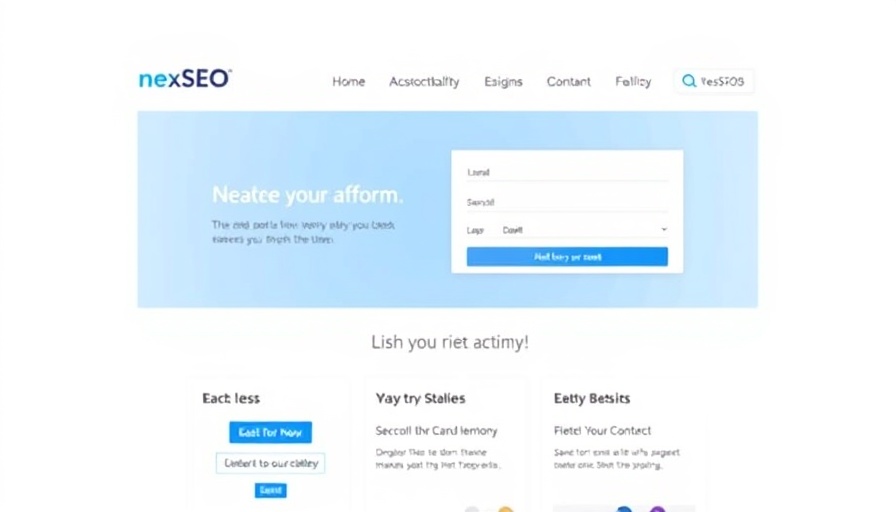
Unlocking the Power of the Semrush SEO Toolkit for Beginners
Growing an online brand can be overwhelming, especially when juggling content creation, understanding search engine algorithms, and outshining competitors. Fortunately, the Semrush SEO Toolkit is here to demystify the SEO process. With a systematic approach, it transforms the chaos of digital marketing into structured strategies that yield results.
Step 1: Conducting a Site Audit for a Strong Foundation
The first step on your journey should be a comprehensive Site Audit using Semrush. This tool acts as a health check for your website, uncovering issues that could be stunting your growth. Common problems it identifies include:
- Broken links
- Slow-loading pages
- Missing metadata
- Mobile usability issues
By addressing these hidden hurdles, you can enhance your site’s performance significantly. My experience showed that some of the smallest adjustments led to massive improvements in traffic and engagement.
Step 2: Discovering Keywords with the Keyword Magic Tool
After fixing foundational issues, it's time to craft content that resonates with your audience. Enter the Keyword Magic Tool—a feature that allows you to pinpoint what people are searching for online. Here’s what it facilitated for me:
- Uncovering high-volume, low-competition keywords
- Identifying long-tail phrases for blog topics
- Finding keyword variations to ensure relevance
Shifting my focus from guesswork to data-driven keywords altered my content strategy. I began producing articles that truly connected with my audience, leading to a surge in web traffic.
Step 3: Enhancing On-Page SEO for Improved Rankings
Once your articles are published, optimizing each page is essential. The On-Page SEO Checker provides actionable insights to boost your content visibility. Recommendations include:
- Guiding the addition of semantic keywords
- Improving internal linking structures
- Adjusting headers and meta descriptions
These refinements quickly translated into higher rankings, driving even more visitors to my site.
Step 4: Monitoring Success with Position Tracking
The final step in this process is tracking your performance via Position Tracking. This tool reveals:
- Your current keyword rankings
- The fluctuation of these positions over time
- Which pages are gaining or losing traction
Keeping an eye on these metrics provided valuable insights and reassured me that my strategies were paying off. It's a gratifying experience to see improvement week by week.
Why the Semrush SEO Toolkit is a Game Changer
Ultimately, the Semrush Toolkit worked for me because it offered clarity through structure rather than just raw data. Each tool serves a distinct purpose, creating a cohesive SEO system: starting from audits to keyword identification, all the way to content optimization. As a beginner, having such a reliable framework means focusing my efforts on what truly matters.
In a world where digital marketing is evolving at lightning speed, incorporating tools like Semrush allows you to keep pace while effectively reaching your target audience. Whether you're just starting or looking to refine your existing strategy, embracing these methods can help elevate your online presence significantly.
 Add Row
Add Row  Add
Add 




Write A Comment